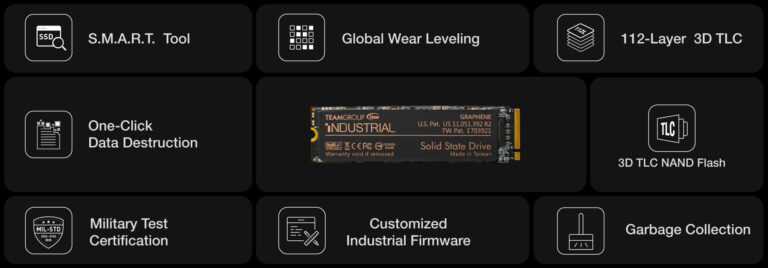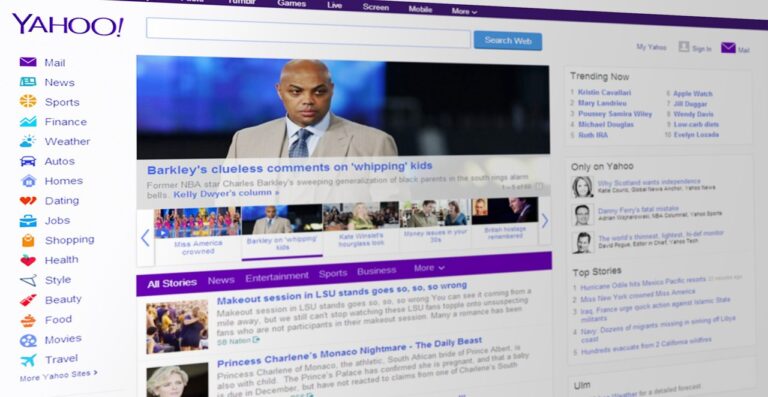
With Windows 10 support set to expire in October 2025, Microsoft is pushing users toward Windows 11 with a “limited-time” free upgrade. It’s a familiar strategy, but this time, the clock is ticking louder than ever.
A Playbook From the Past
Microsoft has pulled this move before. Remember the Windows 10 rollout? A “limited-time” free upgrade stretched on for years. Now, Windows 11 is getting the same treatment, though the company is signaling a firmer deadline. Calling 2025 the “year of the Windows 11 PC refresh,” Microsoft spokesperson Margaret Farmer highlighted security risks as a major reason to upgrade sooner rather than later.
Free Upgrade—With a Catch

Windows 11 has been free since its launch, but the new time limit adds urgency. It’s a smart nudge, though it sidesteps the real hurdle: hardware. Windows 11 demands TPM 2.0, a feature missing from many older PCs. If your device doesn’t qualify, you’re stuck choosing between:
- Buying a new, Windows 11-compatible computer
- Staying on Windows 10 with dwindling support
- Switching to an alternative like Linux
Microsoft 365 Apps Face the Chop
The stakes are higher for Microsoft 365 users. After October 2025, apps like Word, Excel, and Outlook won’t get updates on Windows 10. They’ll still work—for a while—but expect glitches or compatibility issues down the road.
A Paid Lifeline for Windows 10
Can’t upgrade? Microsoft’s Extended Security Updates (ESU) program offers a way out. For $30 a year, you’ll get security patches for Windows 10 post-deadline. It’s a stopgap, not a solution.
Your Next Steps

Got a compatible device? Upgrading is easy—head to your settings or Microsoft’s website. If not, here’s what you can do:
- Buy new hardware: Get a PC built for Windows 11
- Go Linux: A lighter OS for older machines
- Stay put: Risk it with Windows 10, with or without ESU
Act Before It’s Too Late
The free Windows 11 offer won’t last forever—Microsoft’s hints are clear. With October 2025 creeping closer, now’s the time to decide. Delay too long, and you could face costs or security headaches. When Microsoft sets a countdown, it’s usually a call to commit.






